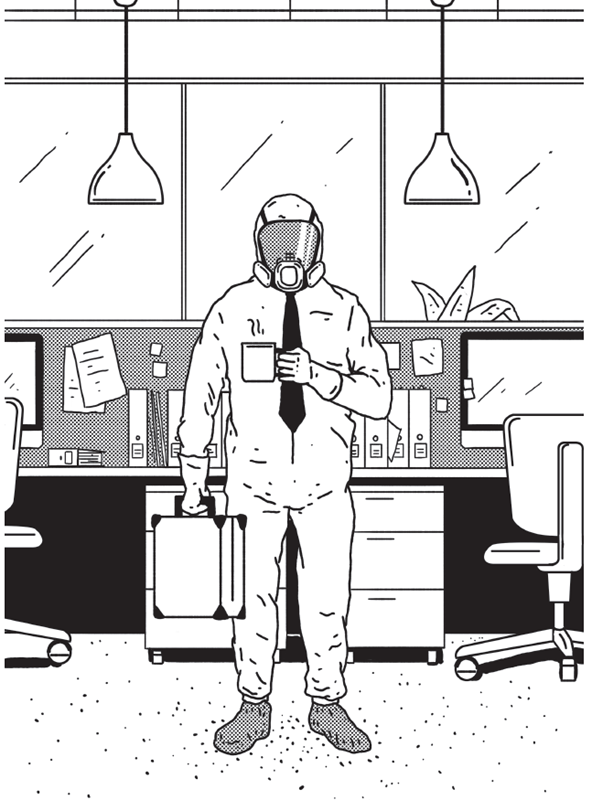
Beware …The insidious fog of habituation
In The Art of War, Sun Tzu proposes you know your enemy. Who are we to argue with Sun Tzu? So let’s introduce you to yours. It isn’t attention — that’s the glorious spoils of victory. No, your enemy, your nemesis, the Brutus to your Caesar, is a phenomenon known as habituation.
Habit-you-what-now?
Oh, you might not have heard of it, but you’ve definitely felt it. If you’ve ever sat at the wheel of a car without remembering the details of the drive, lived below a flight path without noticing the planes passing overhead, found yourself able to conduct a perfectly normal conversation with other parents amid the chaos of a five-year-old’s birthday party, or found yourself zoning out while ads are playing on television, you, my friend, have been habituated.
Far more relevant to us, though, is the impact of habituation on communication.
The real enemy to seizing attention is located right inside our brains, and the way they’re wired to filter out the familiar. Which makes understanding — and beating — habituation very important indeed.
It’s all in our minds
Because we’re the type that likes to pulls things apart to see how they work, let’s take a metaphorical scalpel to skull and show you the innards.
Inside our brains are two minds: implicit and explicit. They work together, but don’t completely understand each other. Like an elderly couple, ...
Get How to Speak Human now with the O’Reilly learning platform.
O’Reilly members experience books, live events, courses curated by job role, and more from O’Reilly and nearly 200 top publishers.

